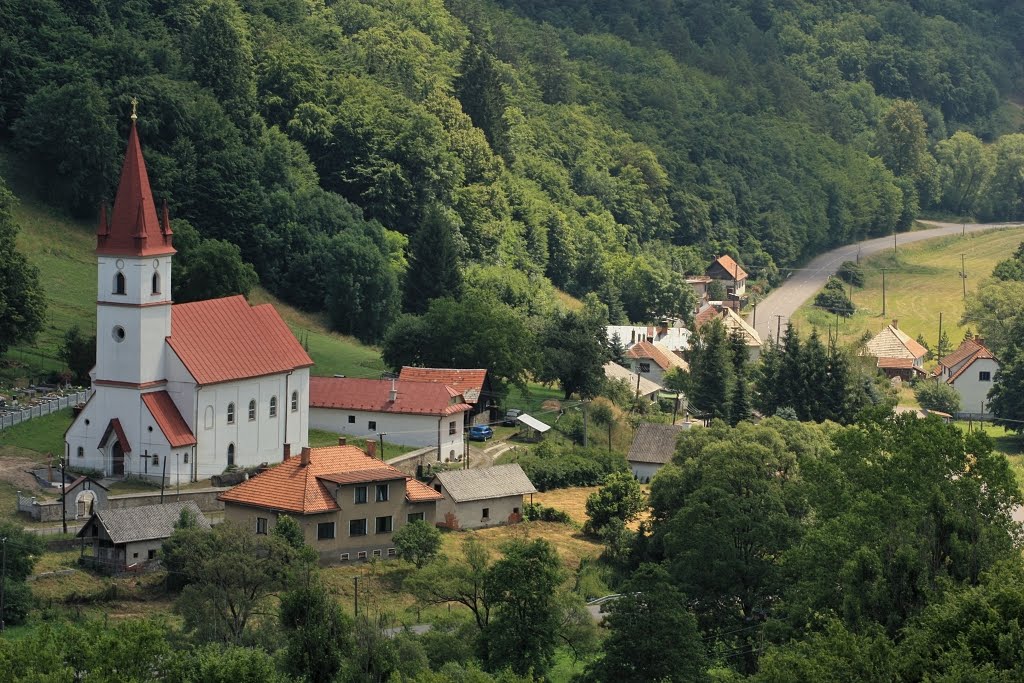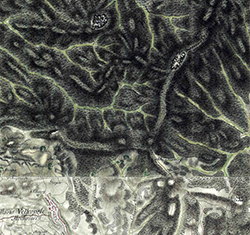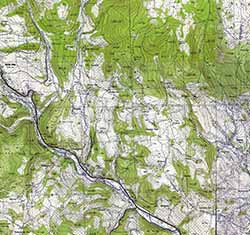History of German Migration to and from Píla, Slovakia
The first written reference of Píla occurs in 1429. The village has gone through many name changes in its history, with the name of Píla being first used in 1920. The region is characterized as mountainous with a mild climate.
German settlers first began arriving in Píla during the 15th century. They primarily migrated from Bavaria and Swabia, bringing their dialects with them. These dialects would remain largely unchanged until after World War II. The settlements in the region were dispersed, often featuring seasonal migration to farm in the southern regions. The primary industries were mining, forestry and agriculture. The population of the region grew steadily until the 20th century, when it started to fluctuate with several phases of emigration.
By 1944, 92% of the region's inhabitants were German, with the remaining 8% being Slovak. After World War II, many Germans were deported from this region of Czechoslovakia. In Píla this resulted in the deportation of 838 of the village's 1463 residents. Since then the village's population has been in a slow decline. While the older generation remains, younger families tend to move away from the region.
| © Karlsruhe University of Applied Sciences, Faculty IMM |



